Worldwide Sites
You have been detected as being from . Where applicable, you can see country-specific product information, offers, and pricing.
Keyboard ALT + g to toggle grid overlay
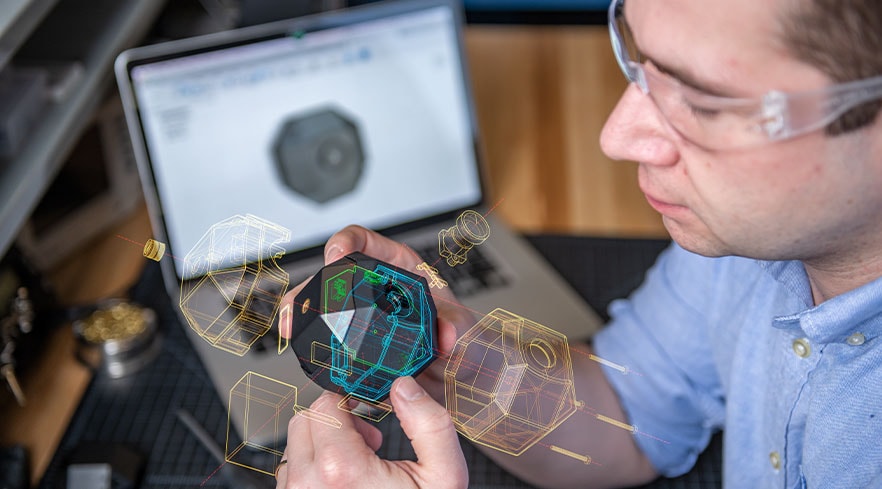
The way we work is changing faster than ever
Throughout time, we have always adapted the way we work—to meet shifting demands, take advantage of opportunities, or respond to adversity.
During the global pandemic, the pace of adaptation has accelerated. We have adjusted to working remotely and contending with safety protocols for on-site work while processes, supply chains, and economies have been tested in unprecedented ways.
To turn the challenges of today into tomorrow’s opportunities, designers and makers are leaning on technology to achieve better outcomes—whether optimizing the use of energy and materials, increasing resilience of infrastructure and supply chains, or learning new skills to adapt and thrive.
A new era of convergence—with industries and multidisciplinary teams blending together—is emerging.
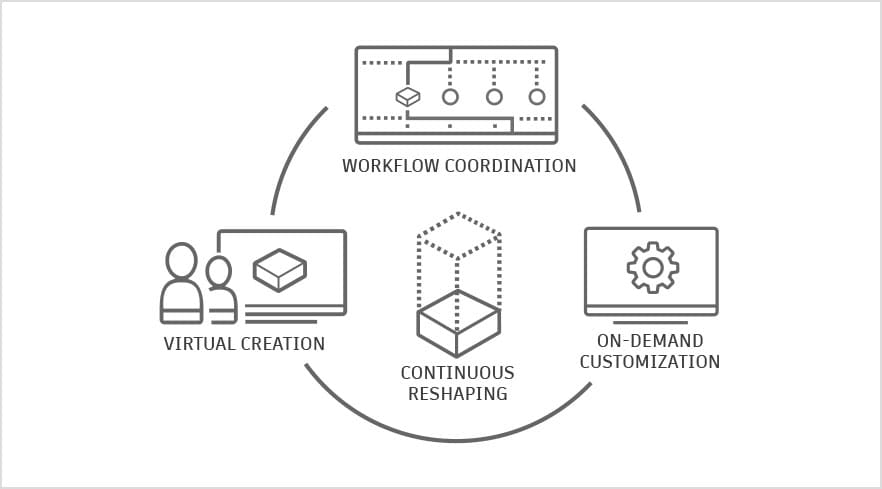
The new possible
Converging industries and ways of making are creating a new—and better—normal for professionals in architecture, engineering, and construction (AEC), manufacturing, and entertainment in four ways.
- Workflow coordination: By using digital tools to coordinate work processes across teams and systems and across supply chains and ecosystems, innovators can automate tasks and discover data insights that reveal outcomes they never thought possible.
- On-demand customization: Customers are experiencing—and expecting—greater choice and customization than ever. Innovators are tapping into this demand by taking advantage of mass assembly of tailored products and by precision crafting unique components.
- Virtual creation: By building rich information models, innovators are increasingly able to embody their creativity, surface insights, and build immersive experiences.
- Continuous reshaping: Innovative owners and operators of existing things can continue reshaping their products and projects beyond the construction site, factory floor, or production studio based on ongoing performance, customer experience, and changing needs
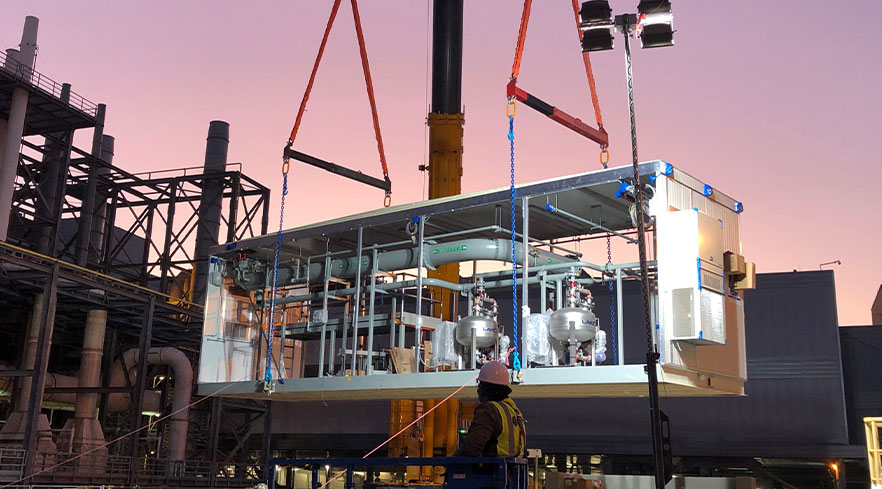
A convergent world
On the other side of the pandemic, the transformation from physical to digital will continue in the architecture, manufacturing, and entertainment industries, and the construction industry will be permanently digitized.
Evolving from the dynamic BIM process, digital twins—digital reflections of physical entities—will help designers and makers simulate, predict, and inform decisions based on real-world conditions through sensor data and intelligent models. The operational and behavioral awareness of digital twins will help people achieve better outcomes throughout the lifecycles of products, buildings, and infrastructure.
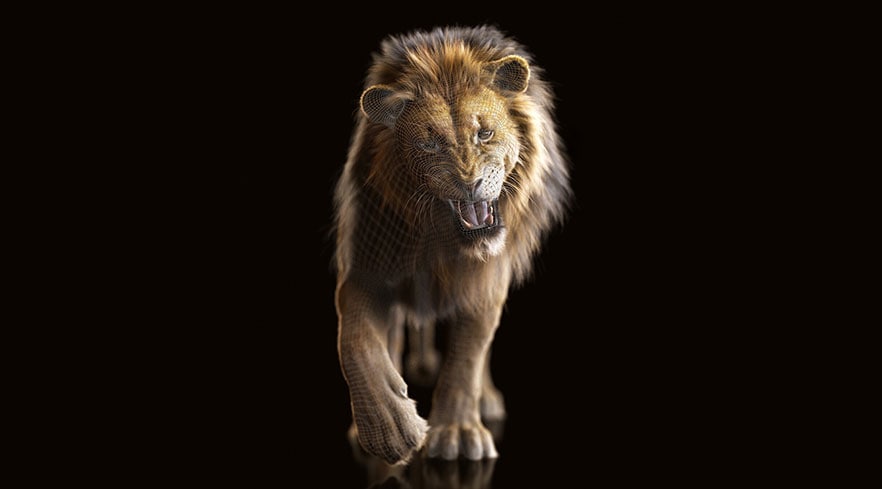
Improved connections make us more resilient
In the era of convergence, supply chains will be forever shorter and more resilient through collaboration between AEC and manufacturing companies and their suppliers. People will be able to make and build things that are more sustainable and better fit customers’ wants and needs.
And entertainment firms will create the big stories and compelling experiences that audiences demand by more tightly connecting production teams that are often distributed around the globe—using automation and production in the cloud. Content producers can coordinate both the physical and digital elements of production in cloud workflows, so their creative decisions can harness the best of both worlds.
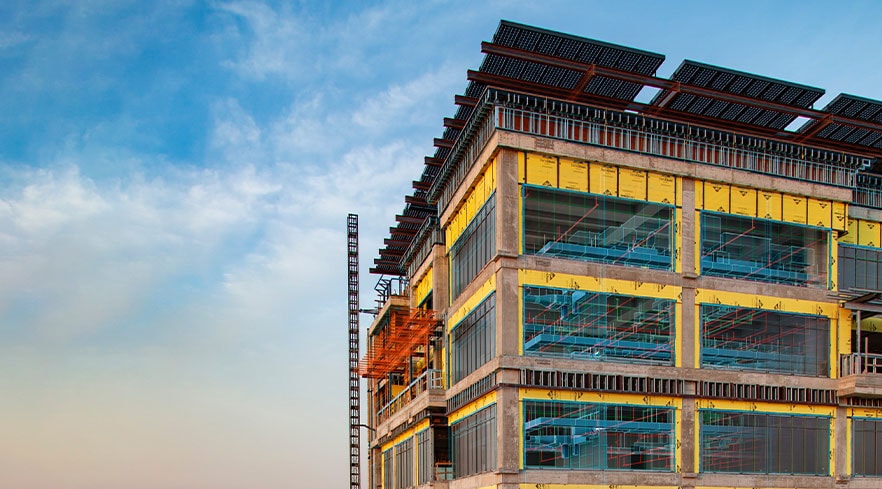
Creating better outcomes together
What people are making today is now being reshaped by data, automation, and insights, which will create better outcomes for their customers, their businesses, and the world.
To support the emerging era of convergence, we at Autodesk are committed to making our customers’ data more interoperable, accessible, and open. We’re doing that by providing tools that connect workflows and services that help customers optimize and innovate. We’re connecting disciplines for more seamless collaboration, and we’re cross-pollinating best practices among all industries we serve, such as leveraging media-creation workflow-coordination tools for manufacturing and using manufacturing tools to improve outcomes in industrialized construction
Get started with convergence
Find out how Autodesk can partner with you to take advantage of emerging technologies and ways of working. Our software tools, platforms, and services can set you up to adapt and thrive in the era of convergence.